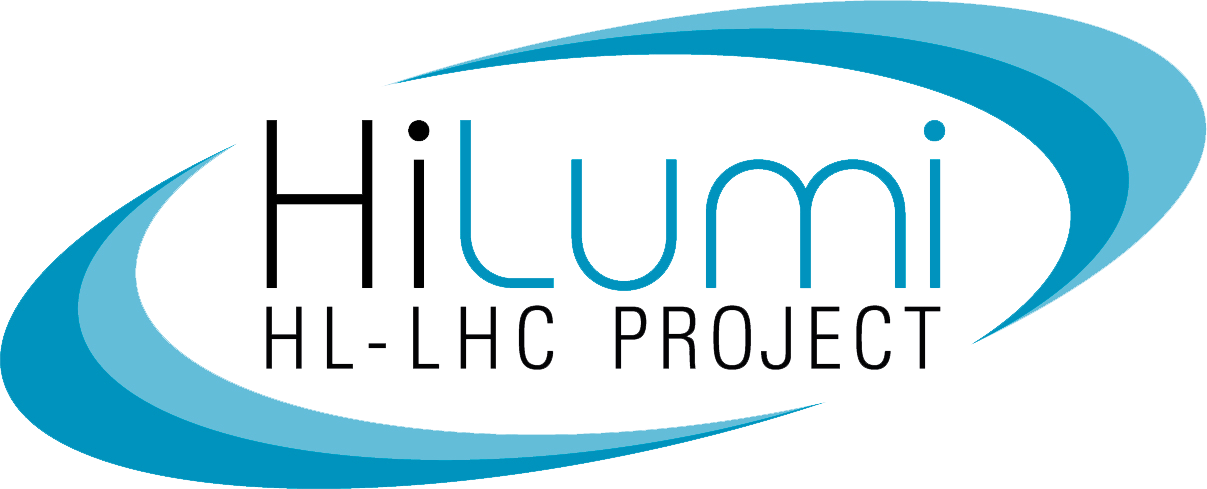After the consolidation of the electrical splices between the superconducting magnets (and many other consolidation actions) in the Long Shutdown 1 (LS1), the LHC has operated in Run 2 at 13 TeV centre-of-mass energy from 3 June 2015 and has progressively increased the luminosity attaining the nominal design luminosity of 1×1034 cm-2s-1 on 26 June 2016. Despite a reduced number of bunches (about 2200 cf. 2800 nominal) a peak luminosity up to 1.2 × 1034 has been routinely obtained in 2016. This peak is largely thanks to reduced emittance from the injectors and a beta* value of 40 cm (cf. 55 cm nominal value) at the high luminosity interaction points. This excellent performance, together with an availability that is considerably higher than in previous years, should give a total integrated luminosity of about 35 fb−1 for the year. In the period 2017–2023 the LHC will hopefully further increase the peak luminosity. Margins in the design of the nominal LHC are expected to allow about two times the nominal design performance.
After Run 3 the statistical gain in running the accelerator without a significant luminosity increase beyond its design and ultimate values will become marginal. The running time necessary to halve the statistical error of a given measurement after 2020 will be more than ten years. Therefore, to maintain scientific progress and to exploit its full capacity, the LHC will need to have a decisive increase of its luminosity after 2020. This is why, when the CERN Council adopted the European Strategy for particle physics in 2006, its first priority was agreed to be ‘to fully exploit the physics potential of the LHC. A subsequent major luminosity upgrade, motivated by physics results and operation experience, will be enabled by focused R&D’. The European Strategy for particle physics has been integrated into the European Strategy Forum on Research Infrastructures (ESFRI) Roadmap of 2006, as has the update of 2008. The priority to fully exploit the potential of the LHC has been recently confirmed as the first priority among the ‘High priority large-scale scientific activities’ in the new European Strategy for particle physics. This update was approved in Brussels on 30 May 2013 with the following wording: ‘Europe’s top priority should be the exploitation of the full potential of the LHC, including the high luminosity upgrade of the machine and detectors with a view to collecting ten times more data than in the initial design, by around 2030’.

